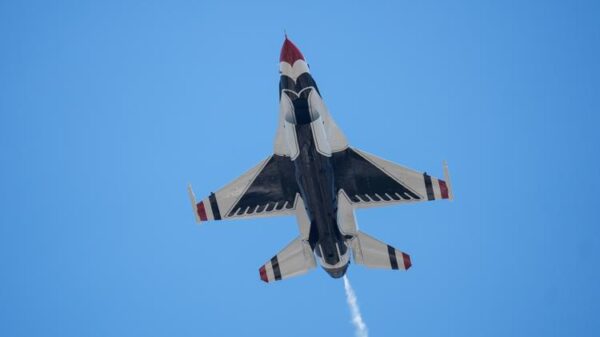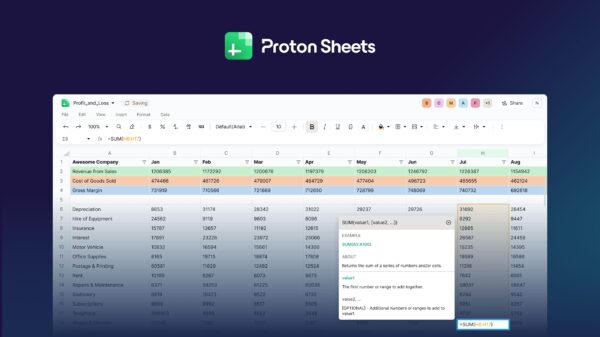United Launch Alliance (ULA) successfully launched its first fully operational Vulcan rocket on August 12, 2025, marking a significant milestone in U.S. national security efforts. The rocket lifted off from Space Launch Complex 41 at Cape Canaveral Space Force Station at 20:56 EDT, carrying two military satellites as part of the USSF-106 mission for the U.S. Space Force.
The Vulcan rocket, standing at 198 feet, is designed to replace ULA’s aging Atlas 5 and retired Delta rocket families. This mission was particularly noteworthy as it was the first national security launch utilizing the Vulcan platform and the 101st such mission conducted by ULA.
Launch Highlights and Technical Details
Equipped with four solid-fuel strap-on boosters, the Vulcan’s two methane-fueled BE-4 engines ignited with tremendous force, generating nearly 3 million pounds of thrust. The rocket ascended rapidly, creating a visible plume of exhaust that illuminated the night sky for miles. Approximately 90 seconds into the flight, the strap-on boosters were jettisoned, followed by the burnout and separation of the first stage around three and a half minutes after liftoff.
The Centaur second stage, featuring two hydrogen-fueled Aerojet Rocketdyne RL10C engines, then took over the mission. Adhering to military protocols, ULA ceased its launch commentary at this point, and the remaining flight details were classified.
Two satellites were onboard the Vulcan: one classified and the other an experimental satellite named Navigation Technology Satellite 3 (NTS-3). This satellite aims to test upgraded atomic clocks and advanced navigation technologies that could enhance Global Positioning System (GPS) capabilities. Positioned in geosynchronous orbit, NTS-3 will utilize a phased array antenna to deliver precise signals across vast areas, a first for the Pentagon since the 1970s.
Strategic Importance and Future Aspirations
The successful launch signifies a pivotal moment for ULA as it transitions to its new Vulcan rocket fleet, enhancing its capability to support U.S. military operations. According to Gary Wentz, ULA’s Vice President of Government and Commercial Programs, this mission is designed specifically for direct injection to geosynchronous orbit, emphasizing the Vulcan’s capacity for heavy payloads.
ULAs transition away from the Atlas 5, which relies on a Russian-built engine, reflects a broader strategic goal to develop a fully American-made rocket. With only thirteen Atlas 5 rockets remaining in ULA’s inventory, all designated for civilian missions, the company is positioning itself to meet increasing demand for national security launches.
Moreover, ULA is planning to enhance its ground infrastructure and aims to conduct nine flights in 2025, with aspirations of achieving a cadence of two launches per month by year-end. This ambitious plan will help ULA compete more effectively against rivals like SpaceX, which has dominated the commercial launch market with its Falcon 9 and Falcon Heavy rockets.
In conclusion, the launch of the Vulcan rocket not only highlights ULA’s advancements in space technology but also underscores the importance of maintaining robust national security capabilities through innovative aerospace solutions.






































































